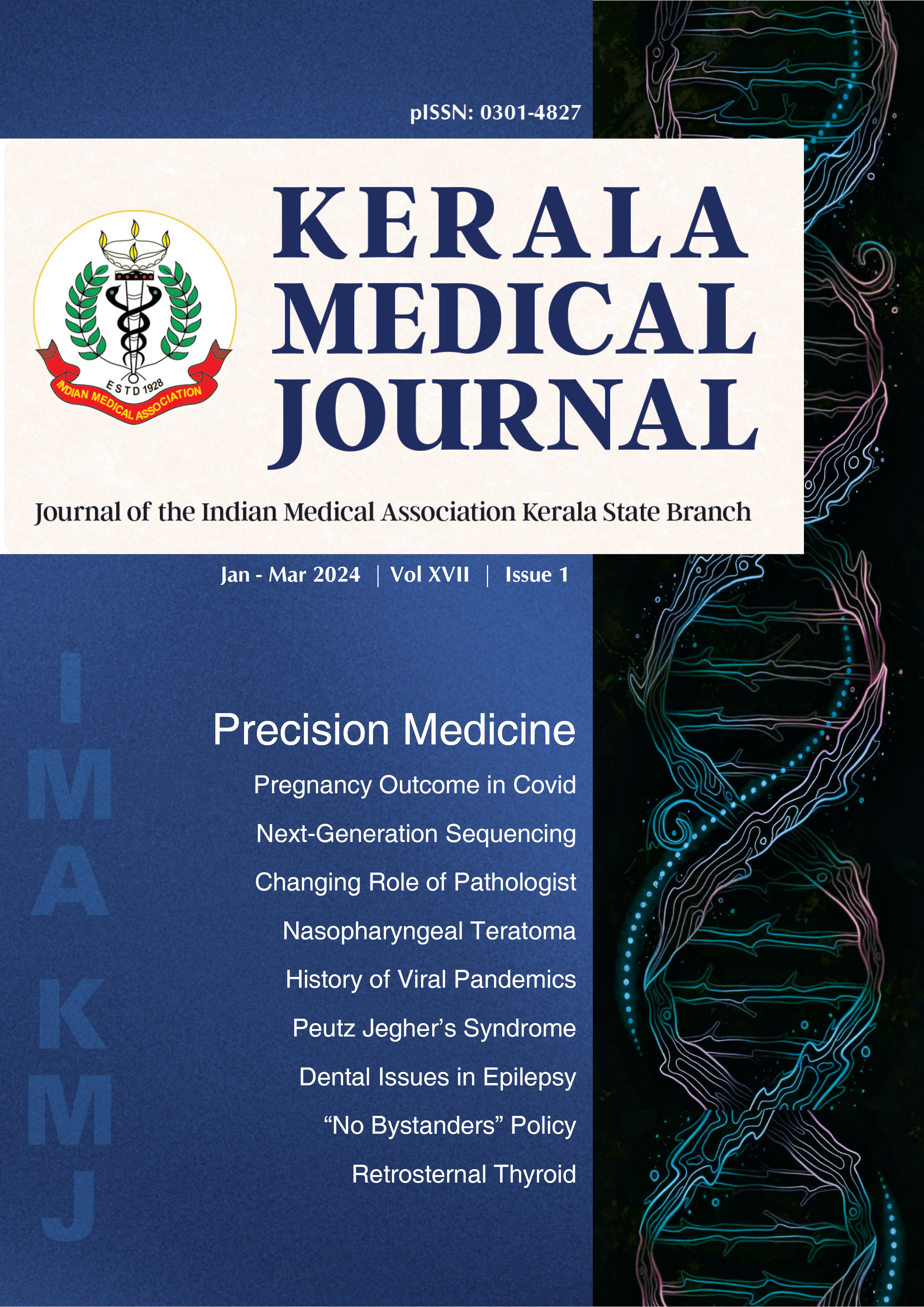Multidimensional Evolution in Transfusion Medicine
Abstract
Transfusion Medicine is a rapidly developing clinical entity. Since no artificial substitute is available for major elements in blood, a safe transfusion chain is quite essential. Efficient blood donor recruitment is most important in transfusion services. Blood component separation and technologies like apheresis have helped in utilizing available resources to their maximum potential. Transfusion Transmitted Disease testing and immunohematological investigations have evolved continually to maintain the highest quality. The methodology for testing for TTDs has shifted to better versions of Enzyme-Linked Immunosorbent Assay (ELISA) to Chemiluminescence immunoassay (CLIA), and additionally Nucleic Acid Amplification Testing (NAT). Automation and more sensitive platforms for immunohematological testing have helped in attaining precision and decreasing workload. Nowadays, clinical transfusion practice is having well-established policies, guidelines, audits, training etc. This has helped in maintaining the quality of services from vein to vein. Therapeutic apheresis is the mainstay of treatment for many diseases. Research is ongoing for the development of RBC and platelet substitutes. Regenerative medicine is rapidly evolving to its best potential. Hematopoietic stem cell transplantation (HSCT) is the most frequently used cell therapy and is used to treat a variety of blood cancers and hematologic conditions. Apart from bone marrow and peripheral blood, the umbilical cord has been recognized as an alternate source of stem cells. Slowly, tissue banking is gaining its importance. Intrauterine transfusion is a novel modality that saves the fetus from anaemia or thrombocytopenia and its complications. Platelet-rich plasma (PRP) injections are gaining popularity for a variety of conditions, from sports injuries to hair loss. Likewise, Autologous platelet gel has many applications in sports medicine, dermatology, surgery etc. These rapid advances along with good governance promise better transfusion practice and patient care in upcoming years.

This work is licensed under a Creative Commons Attribution-NonCommercial-NoDerivatives 4.0 International License.
When publishing with Kerala Medicial Journal (KMJ), authors retain copyright and grant the journal right of first publication with the work simultaneously licensed under a Creative Commons Attribution Non Commercial (CC BY-NC 4.0) license that allows others to share the work with an acknowledgement of the work's authorship and initial publication in this journal. Work includes the material submitted for publication and any other related material submitted to KMJ. In the event that KMJ does not publish said work, the author(s) will be so notified and all rights assigned hereunder will revert to the author(s).
The assignment of rights to KMJ includes but is not expressly limited to rights to edit, publish, reproduce, distribute copies, include in indexes or search databases in print, electronic, or other media, whether or not in use at the time of execution of this agreement.
Authors are able to enter into separate, additional contractual arrangements for the non-exclusive distribution of the journal's published version of the work (e.g., post it to an institutional repository or publish it in a book), with an acknowledgement of its initial publication in this journal.
The author(s) hereby represents and warrants that they are sole author(s) of the work, that all authors have participated in and agree with the content and conclusions of the work, that the work is original, and does not infringe upon any copyright, propriety, or personal right of any third party, and that no part of it nor any work based on substantially similar data has been submitted to another publication.



